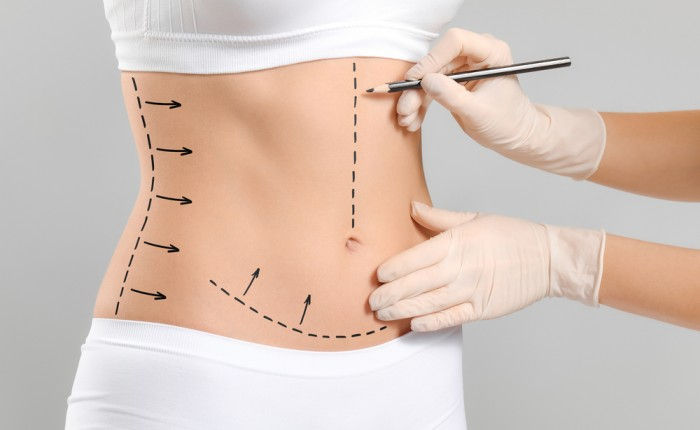Exercise and Sweat: Do They Affect Crown Recovery?
- sadaf khan sudozai
- Aug 7
- 4 min read
Undergoing a hair restoration procedure is a significant decision, especially when it involves the crown area—a zone known for complex hair patterns and limited blood circulation. Once the procedure is done, patients often ask, “When can I resume my workouts?” or “Does sweating affect my grafts?” These are valid concerns, as post-operative care directly impacts the success of the transplant.
If you’ve had a Crown hair transplant recovery in Islamabad or are planning one soon, understanding how exercise and sweat influence the recovery process is crucial. Physical activity plays a major role in your overall health, but when it comes to post-transplant care, it must be handled with caution and timing.

Why Is Crown Recovery Delicate?
The crown area (also called the vertex) poses unique challenges in a transplant:
Limited blood circulation: It takes longer for grafts to anchor and heal.
Circular hair growth patterns: Make it technically demanding.
Slow recovery: Healing may take slightly more time than the frontal scalp.
Because of these complexities, even minor disturbances like pressure, friction, or excessive sweat can potentially disrupt healing. Exercise, especially high-intensity workouts, increases all of these factors.
How Exercise Affects Crown Hair Transplant Recovery
1. Increased Blood Pressure and Sweating
Exercise elevates your heart rate and blood pressure. In the early days after surgery, this can:
Cause swelling to increase in the scalp.
Lead to oozing or bleeding at the graft site.
Increase the risk of dislodging grafts before they’re anchored.
Additionally, excessive sweating from cardio or outdoor workouts can irritate the healing area, especially if the scalp remains damp for extended periods.
2. Risk of Infection
Sweat contains salt and bacteria. Although it's a natural bodily function, a sweaty scalp—especially during the first week post-surgery—can:
Create a moist environment ideal for bacterial growth.
Cause itching, which may lead to unconscious scratching.
Increase the chance of infection, which can compromise graft health.
3. Friction and Trauma
Some exercises require headgear, helmets, or contact with gym equipment (like during weightlifting or biking). These can:
Cause direct trauma to the healing crown.
Result in friction-related scabbing or irritation.
Lead to premature graft loss or poor growth density.
4. Delayed Healing
The body needs rest and minimal exertion to focus on tissue regeneration and follicle anchoring. Overexertion during the critical early healing period can delay the body's natural repair processes.
When Can You Safely Resume Exercise?
Here’s a general timeline for gradually getting back into your fitness routine after a crown hair transplant:
Days 1–7: Complete Rest
Avoid all forms of physical activity.
No sweating, gym sessions, or even brisk walking.
Focus on gentle scalp care and follow all post-op instructions.
Week 2: Light Walking Only
You can begin light indoor walking or stretching.
Avoid activities that raise your heart rate significantly.
Keep your scalp dry and clean.
Week 3–4: Moderate Cardio
Start light jogging or elliptical workouts.
Still avoid headwear, swimming, or contact sports.
Monitor the scalp for any signs of irritation or redness.
After Week 4–6: Gradual Return to Intense Workouts
Resume regular gym workouts cautiously.
Avoid any sport that might cause head trauma (like football or boxing) until cleared by your doctor.
Use clean towels, headbands, and keep the area sweat-free.
Always consult your surgeon before resuming full exercise, especially if you notice redness, tenderness, or abnormal healing in the crown area.
Sweat: Is It Always Harmful?
Not entirely—but timing and hygiene matter.
Sweat Itself Isn’t Toxic
Sweat is mostly water and salt, but if left on the scalp:
It can mix with bacteria and dirt, leading to infection.
It can block hair follicles and cause folliculitis.
It may trigger irritation or itchiness, tempting you to scratch.
Tips to Manage Sweat Safely
Use a clean, soft towel to dab (not rub) sweat gently.
Avoid applying any chemicals or powders to control sweating unless advised.
Shower with a mild shampoo post-workout as per your doctor’s instructions.
Safe Exercises to Consider During Recovery
If you’re eager to stay active, here are some gentle, low-impact alternatives during your initial healing weeks:
Walking indoors
Chair yoga
Stretching routines
Deep breathing and meditation
Stationary cycling at low intensity (after 2–3 weeks)
Avoid anything that increases head pressure, causes bouncing, or includes rapid movements.
What Happens If You Work Out Too Soon?
Many patients don’t realize they’ve compromised their recovery until much later. Some possible outcomes of working out too early include:
Graft dislodgement: Especially within the first 7–10 days.
Folliculitis or infections: From sweat and unclean surfaces.
Poor graft survival: Due to increased inflammation.
Scalp scarring or uneven growth.
To protect your investment, listen to your body—and your surgeon. It’s always better to delay your fitness goals for a few weeks than compromise months of planning and healing.
Long-Term Exercise After Crown Recovery
Once fully recovered, exercise becomes a positive force. It promotes better blood flow, improves mood, reduces stress, and enhances overall health—all of which support healthy hair growth.
Pro tips:
Stay hydrated during and after workouts.
Avoid tight hats or helmets post-transplant, even long-term, unless necessary.
Keep scalp hygiene a priority.
Eat a balanced, protein-rich diet to support follicle strength and vitality.
Conclusion
While exercise and physical activity are essential components of a healthy lifestyle, they must be managed with care after a Crown hair transplant in Islamabad. During the initial recovery phase, avoiding excessive sweat, high-impact movements, and scalp trauma is crucial to ensure successful graft survival and optimal long-term results.
Always prioritize healing before hitting the gym again. A short rest period now can lead to a lifetime of confident, fuller hair—especially in the crown area, which demands special attention.
For expert guidance, personalized recovery plans, and world-class hair transplant procedures, consult the specialists at Dynamic Clinic. Their team is dedicated to ensuring that every phase of your hair restoration journey—before, during, and after—is successful, safe, and tailored to your lifestyle.





Comments